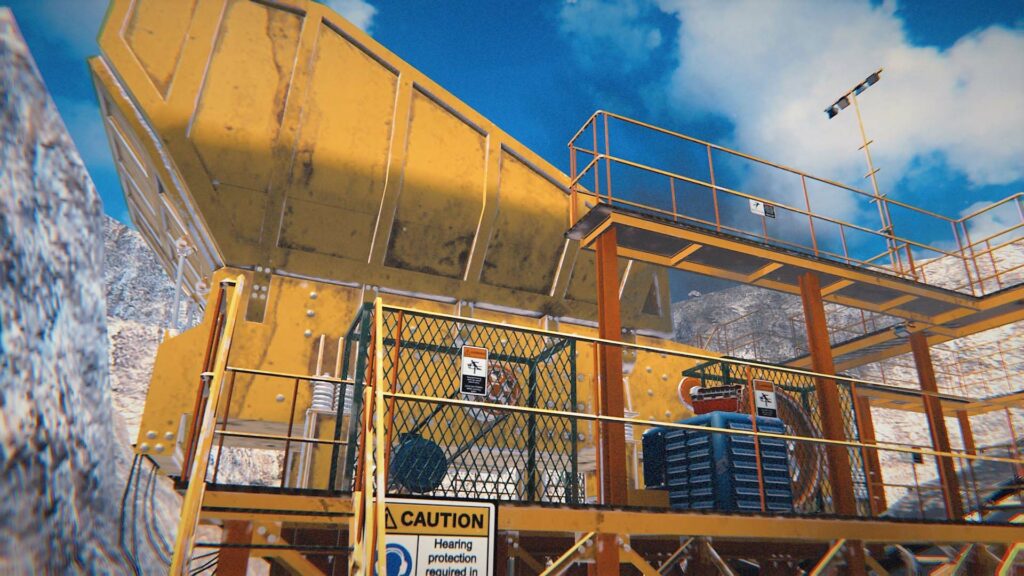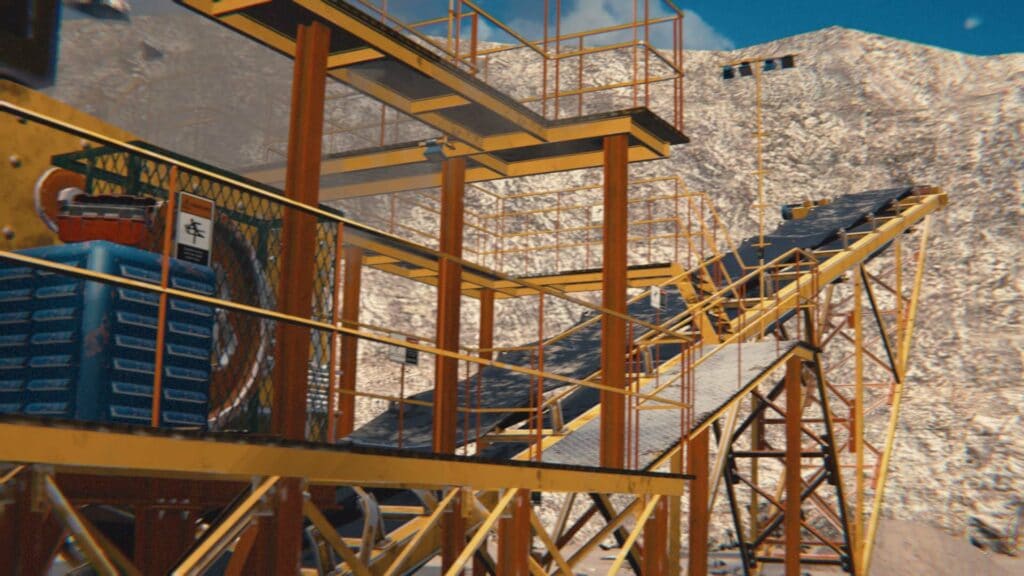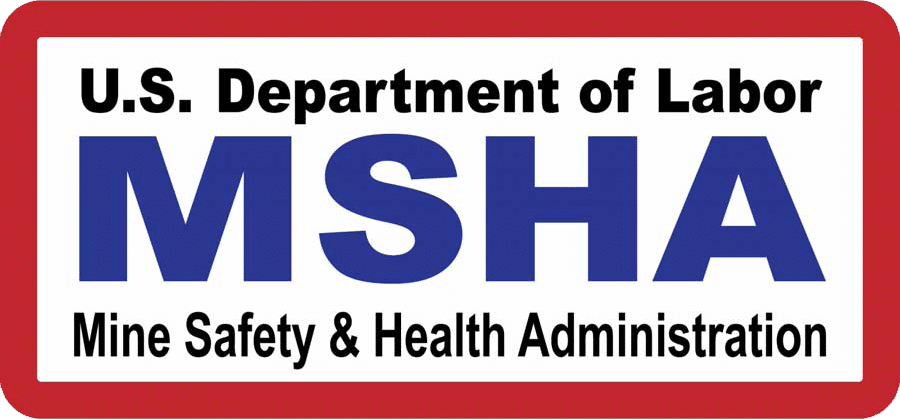Mining Safety: South Dakota Mines and MSHA
Improving Employee Safety with Mining Safety Hazard Awareness.
Mineral mining is an active industry in North America. Mined minerals include metals such as copper, iron, and zinc, as well as coal and industrial minerals such as limestone, potash, and other crushed rocks. The process of mining is hazardous, and proper safety protocol must be followed to keep miners safe from injury or death – and MSHA plays a vital role in developing and enforcing that protocol. In this project, MSHA and South Dakota School of Mines worked with Motive to create scenarios for new employees to learn more about mining safety.
Problem: Need for Customized Content on Mining Safety in Different Modalities
According to MSHA.gov, the “Department of Labor’s Mine Safety and Health Administration (MSHA) works to prevent death, illness, and injury from mining and promote safe and healthful workplaces for U.S. miners.” As they assess workforce training needs, MSHA seeks experienced learning vendors that can offer customized content on mining safety in a variety of modalities. Enter Motive.io.
Every day, miners encounter potential safety hazards in their work environment. A mine pit is a dangerous place, and anyone who works in it is required to complete a safety course to create awareness. Training employees on how to respond to hazards while physically in the hazardous space was not an option. In partnership with South Dakota Mines, MSHA came to Motive with this need and a request for an open simulation, focused on situational hazards. A thorough and accurate portrayal of the environment was critical, as these hazards could lead to serious injury or death. The team from SD Mines also needed to be able to edit the training content and make changes when the need arose. The Motive Training Platform is currently the only 6DOF, CGI, open-world simulation creation tool in North America, making it a perfect fit for the team.
Discovery & Analysis: What Do We Need to Deliver a Memorable Mining Safety Scenario?
In November of 2020, Motive and MSHA met to begin discussions about the project. This was the beginning of multiple collaborative meetings to analyze the need and gather information to get started on the design. Exploring MSHA’s desire for the experience and elements needed to make the environment feel realistic, what hazards need to be included, what they look like in real life, the goals for the learner, and how the learner will be accessing the experience was key to the discovery process.
During analysis, it was determined that the virtual environment would be an open, working rock quarry. The scene would include a large pit with an excavator actively moving rocks into a processor. Important details like the sound of the excavator and the clang of the rocks falling would be included in order to provide an environment that looks and feels real. Other elements within the environment, like a platform, ear protection, tools, and other items also became part of the scene.
Experience Design & Development
Now that much of the virtual environment has been imagined, the design process continues by addressing how the user will interact with the environment and the elements within it. By identifying the hazards that MSHA wants to build awareness around, the designers can create the opportunity to encounter them in the experience. The user will enter the virtual rock quarry and have full roaming abilities. As the user encounters typical hazards found in a mine pit, such as a broken railing or obstacles in the pathway, they have the opportunity to correct the hazards. Safety decision-making options like wearing protective headphones, calling for shut down, and faulty electrical wiring is also part of the experience. Instant feedback is provided if they miss a hazard or fail to operate safely.
By January 2021, the 3D artists began to create the assets for the environment and the interactive elements while the Learning Experience Designer (LXD) starts the storyboarding process. Using Milanote, the LXD gathers the information and parameters that were discovered during analysis and arranges them in a format that tells a story. Branching scenarios are planned out for every user interaction to indicate good vs. poor decisions at the moment of hazard engagement. The LXD then works with support developers and 3D artists to begin putting the story together.
So Far, So Good
The first iteration of this experience was developed and delivered to MSHA for review. Typically, an experience like this will endure two to three months of iterations and changes like polishing up the interactions, adding some animations, and fine-tuning the sound effects. Check out this video example of the environment at this time:
Finalizing the Mining Safety Experience
The next phase of design is focused on creating a completion of the experience. This VR training is part of an overall solution that includes other learning elements and dynamic feedback debrief in person with a member of the university program immediately following completion of the experience. The LXD will work to design a way to complete the experience that aligns with that next part of the learning journey and may also include a time limit or minimum task completion.
In the end, Motive delivered a single environment with an opportunity for the user to explore and discover potential hazards to practice mining safety measures and increase awareness in a pit line. The total experience takes 5 to 15 minutes depending on the user. In order to mitigate some of the time spent, MSHA will encourage users to complete the Oculus provided tutorial prior to entering the Motive experience. This short amount of time spent for the user will save time in the future and reduce the risk for the mine, helping MSHA continue in its mission to protect miners.
The End Result
At the start of May 2021, MSHA began rolling-out their VR training program. There was an overwhelming response from the participants, including the new miners. 100% of participants enjoyed the training and said they would do it again. Only one participant was undecided whether they would prefer VR training over traditional classroom training. Compared to traditional training, retention of material improved by 32%. One month after training, retention was at 86%, compared to 11% from traditional training. Motive is excited to continue working with MSHA in perfecting their VR training program with a second phase.



Are you interested in VR for your workplace?
If your company is interested in bringing safety training like this to your workplace, Let's chat!





